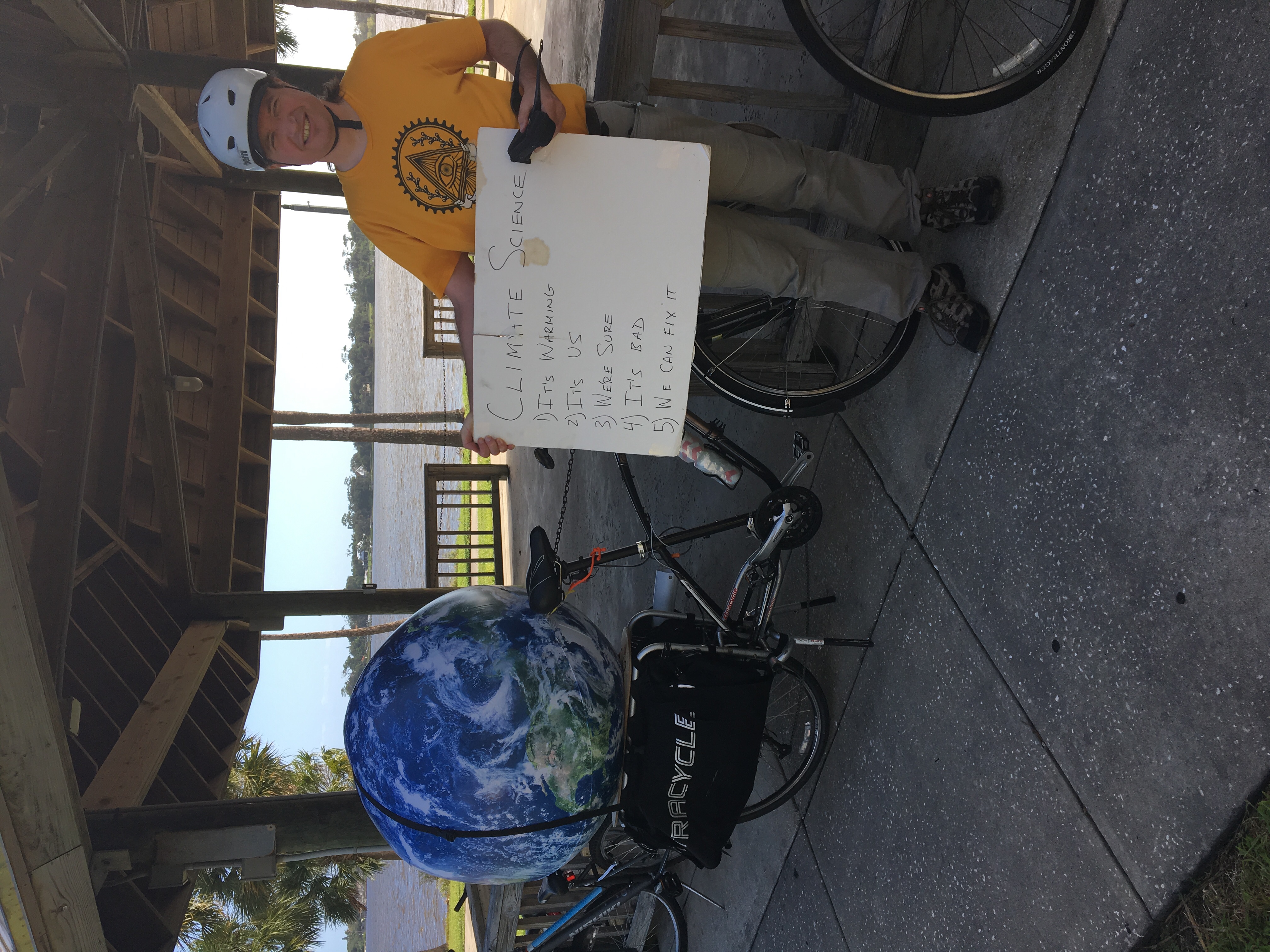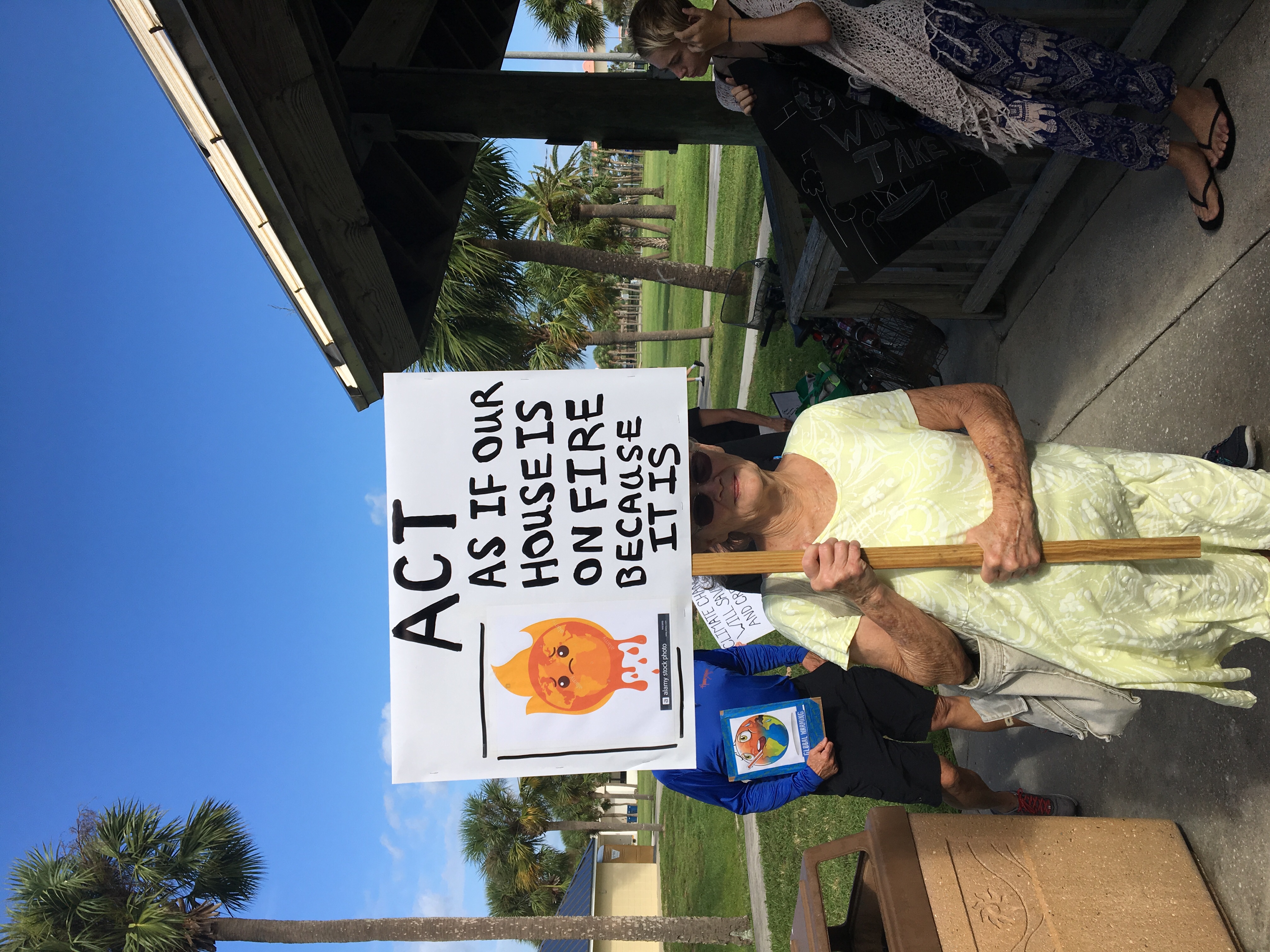In Part 1 of this post, I point out that our investment choices affect the wellbeing of other people and the planet. This can be for better, or for worse. It struck me awhile back that money invested far away, where the investor can’t truly see what it’s doing, can be as bad for communities and the planet as an oil spill.
To say I’m not an expert in finance would be a great understatement. I’m an everyday person. But the whole point of my book and this blog is that we as everyday people have the power to change the world.
Just as everyday people in their capacity as consumers have the power to change the world with their spending choices, so everyday people in their capacity as investors have the power to change the world by where they put their money. (No money? No problem! We everyday people, in our millions, also have the power to change the world by where we invest our time and attention.)
I have started a short list of ideas for local investment. If you have money stored somewhere that is tied to Wall Street, and would like to shift part or all of that money to investing in your local community, here are some ideas.
– Buy a commercial building (store front) and either rent it out, or run a store there yourself. You could do this with a group of friends/neighbors or via a Real Estate Investment Trust (REIT).
– Buy an apartment building or rental house, be a landlord
– Carry the note for a friend who wants to buy a house
– Be the money partner for a friend or neighbor who wants to start a business
– (This one is for people who own a business and are getting ready to retire): Instead of selling the business, taking your cash and parking it on Wall Street, keep your money in the business and let your junior associates/employees run it.
– Become an investor in local agriculture. (The nonprofit Slow Money offers opportunities to support local agriculture by donating money for low-interest loans, but there could also be other channels, which allow people to actually earn income while doing good by extending low-interest loans to farmers.)
– And of course, you could start a business of your own. (In a subsequent post in this series, I’ll share some of my ideas for businesses you could start to earn yourself an income, while also helping your community become more vibrant and resilient.)
– Own a home, and rent out your spare rooms to housemates. And, if you are able to own your place free and clear, that’s a bonus because more of your money is staying in the community rather than getting sent away to pay off mortgage interest.
As I think of more ideas, I will come back and add to this list. And please drop me a line to share any ideas you would add!
A question that comes up in just about any conversation I’ve had on the topic of local investment is, “What about the return on investment? How can it be as good as what I’m getting on Wall Street (=stock market, mutual funds, etc.)?”
This article by Marco Vangelisti, “What Returns Could We Expect from Local Investing?”, brings up the very important point that while your return on local investment may not be as high in percentage terms, that does not necessarily matter, because when it comes to investing in your own place, there are some very compelling factors other than financial return.
Vangelista, who calls himself an “angel DIvestor” (as opposed to “angel investor”), invested in a local co-op that was not in his neighborhood, simply because he did not want any part of his home city to be a food desert.
A friend of mine is buying rental houses in her neighborhood to provide herself with retirement income. It’s a win-win because she is a caring landlord who is providing her tenants with a clean, safe, stable home.
When an investment gives a net benefit to communities and/or ecosystems, we permaculturists call it a “regenerative investment.” Regenerative is a step above just “sustainable.”
There are “green” and “sustainable” investment funds, of course. I think there are quite a few more of them than there used to be. But if you want to see up-close what your money is doing, and maximize the benefit to the community you call home, I suggest you explore options for becoming a local investor.
I realize that a lot of the ideas I mention above require you to place your trust in friends and other people. That can be scary; you could end up losing your money. To this I would say don’t put all your eggs in one basket. Also, I think we really have to face up to the fact that much of our “remote investing” has had a damaging effect on people, communities, and ecosystems around the world. Not only that, but the withholding of financial capital from our local areas is surely keeping them from flourishing as much as they could. Next time you see a developer destroy a forest or neighborhood in your community, ask yourself if your money, invested locally, might help steer things in more of a direction you’d like to see. Do we want to keep hiding our heads in the sand and expecting passive income on financial instruments as our birthright, or do we want to start bringing more of our money home to our communities?
(Note to readers in other countries: I realize this post is very USA-centric. And I would be interested to hear how things are in other countries, in terms of investment patterns of everyday people.)
This topic is something I’ve been thinking about for some years now, but have only recently begun attempting to articulate publicly. I hope this post has furnished you with some helpful ideas.
Further Reading
For more about the concept of regenerative investment, read this post by Laura Oldanie, on her “Triple Bottom Line FI” blog. In this post, Laura also offers rich detail about her low-footprint lifestyle, and tips for achieving “multi-capital abundance” and personal resilience. By the way, my fellow Floridian (and fellow permaculturist) Laura is going to be our keynote speaker at the Florida Permaculture Convergence in December. She’ll be speaking about financial permaculture and the various forms of capital. I can’t wait! For those of you not lucky enough to be in Florida to hear Laura speak in person, she has speaking engagements in other parts of the country too. And her blog is excellent. Enjoy!
New addition 10/2/19: Laura Oldanie featured in CNBC! Article on How To Put Cash into Socially Responsible Investments and Still Make Money.


